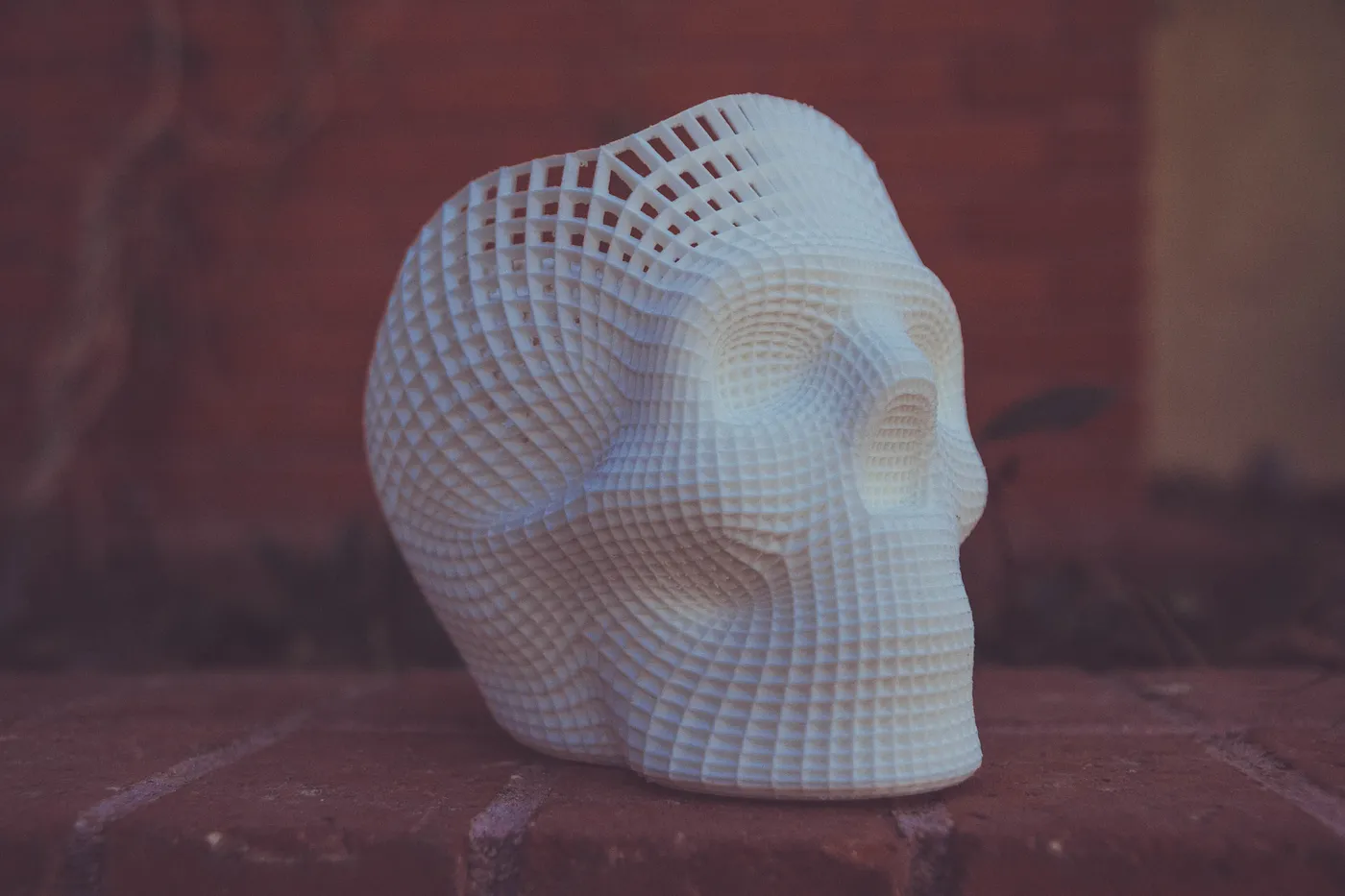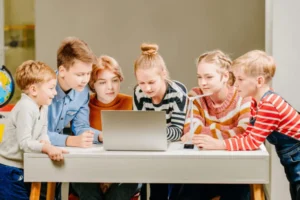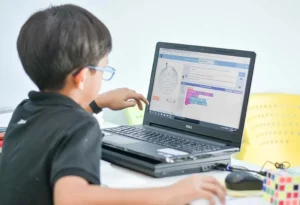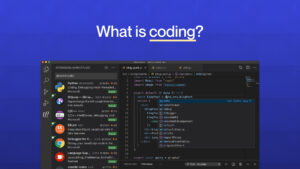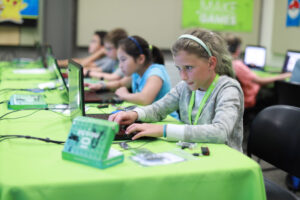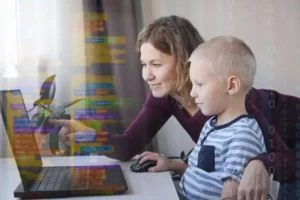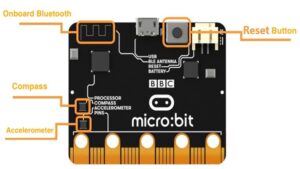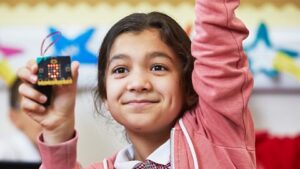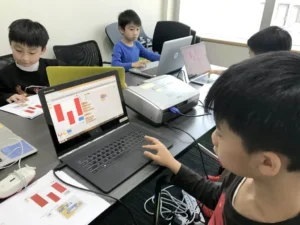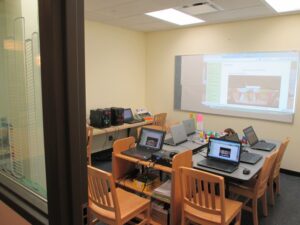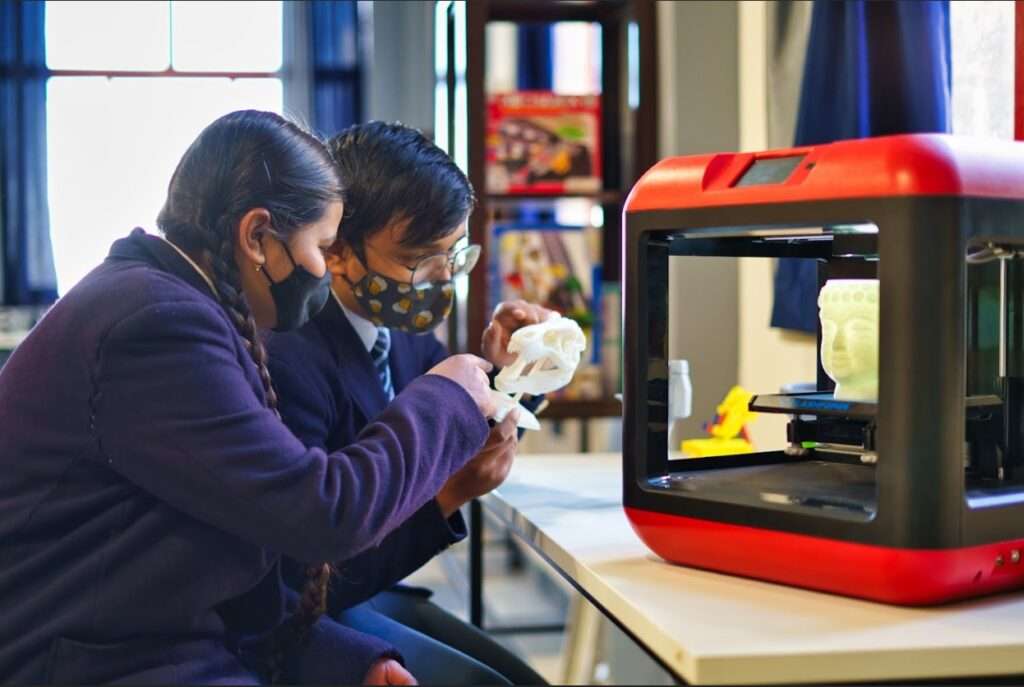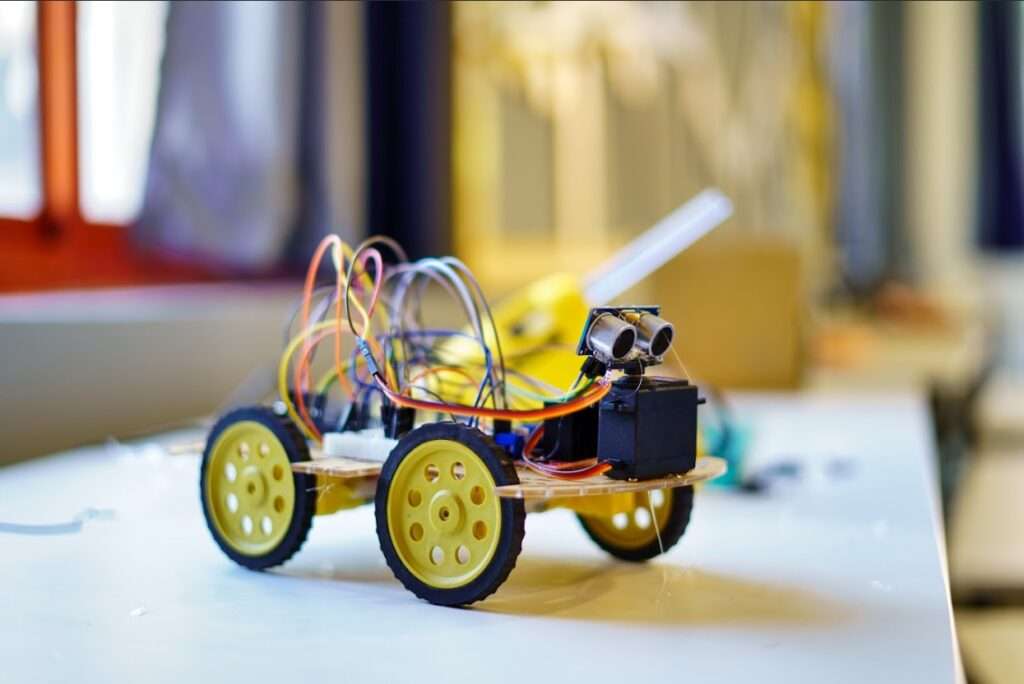Education has always been about empowering minds, but what if we could add a tangible, hands-on dimension to learning? Enter 3D Printing, the modern-day magic wand that turns imagination into reality. At Makers’ Muse, we believe in harnessing this technology to revolutionize education, unlocking a world of innovation and creativity for students.
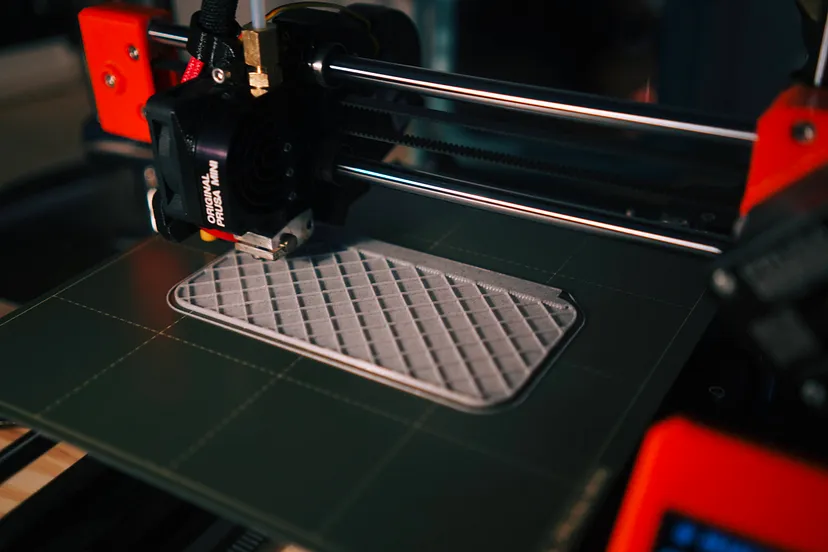
One compelling application is in Historical Education. By using 3D printing, educators can recreate historical artifacts and architectural models, providing students with tangible and immersive experiences. For instance, printing scaled replicas of ancient sculptures or famous landmarks like the Colosseum or the Taj Mahal allows students to closely examine historical objects, fostering a deeper understanding of history and culture. Platforms like Tinkercad or Thingiverse provide a plethora of historical models that can be easily printed.
3D printing allows for the creation of precise anatomical models and scientific replicas in the field of Science Education. Consider printing human hearts, brains, or even the solar system. These models are essential aids in comprehending complicated scientific topics and anatomy. Students may investigate and scrutinize these models in depth, improving their understanding of biology, astronomy, and anatomy. NIH 3D Print Exchange and MyMiniFactory, for example, provide a selection of science-related models appropriate for teaching purposes.
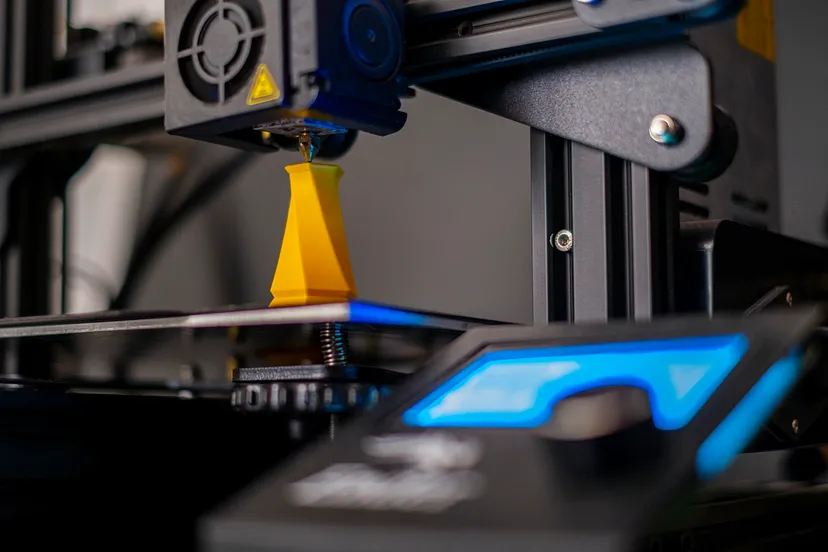
For Mathematics And Geometry, 3D printing can produce geometric shapes and math manipulatives, providing students with hands-on learning tools. Printing 3D shapes like cubes, spheres, or pyramids helps in visualizing geometric concepts. Moreover, creating puzzles or manipulatives for fractions, algebraic equations, or geometric theorems fosters an interactive learning environment. Websites like Tinkercad or Mathigon offer customizable and printable math models.
Geography Lessons can be significantly enhanced by printing Interactive Maps And Geographical Landscapes. By creating 3D maps of geographical regions or topographies, students can physically interact with and comprehend terrains and geographical features. These models can aid in understanding geographical concepts in a more tactile and engaging manner. Platforms like MapMaker Kits or Terrain2STL provide tools to generate 3D printable maps.
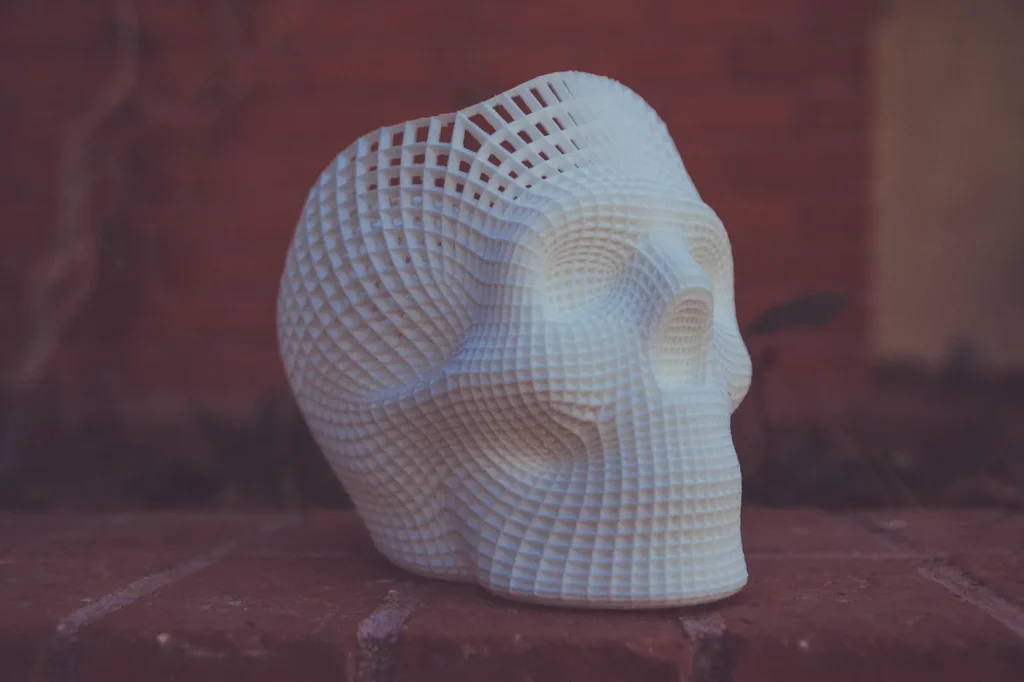
3D printing aids prototype and design thinking in the field of Engineering And Design. Students may design and print prototypes of their inventions or engineering projects, allowing them to test and iterate their plans. Printing models of bridges or basic machines, for example, can assist students comprehend structural principles and engineering ideas. Applications like as Autodesk Fusion 360 and Tinkercad assist kids in designing and printing their projects.
Furthermore, by generating 3D printed characters or locations from literature, 3D printing may enhance Language Arts and Storytelling. These printed pieces assist students in visualizing and engaging with story themes from books, so encouraging conversations and deeper comprehension. Characters and sceneries appropriate for printing may be found on websites such as HeroForge or Yeggi.
Finally, 3D printing enhances Coding And Robotics Education by allowing for the printing of components for coding projects or robotics kits. Printing robot components or coding-related accessories enhances hands-on learning in STEM subjects. Platforms such as GrabCAD and GitHub provide a diverse collection of 3D models appropriate for robotics and coding projects.
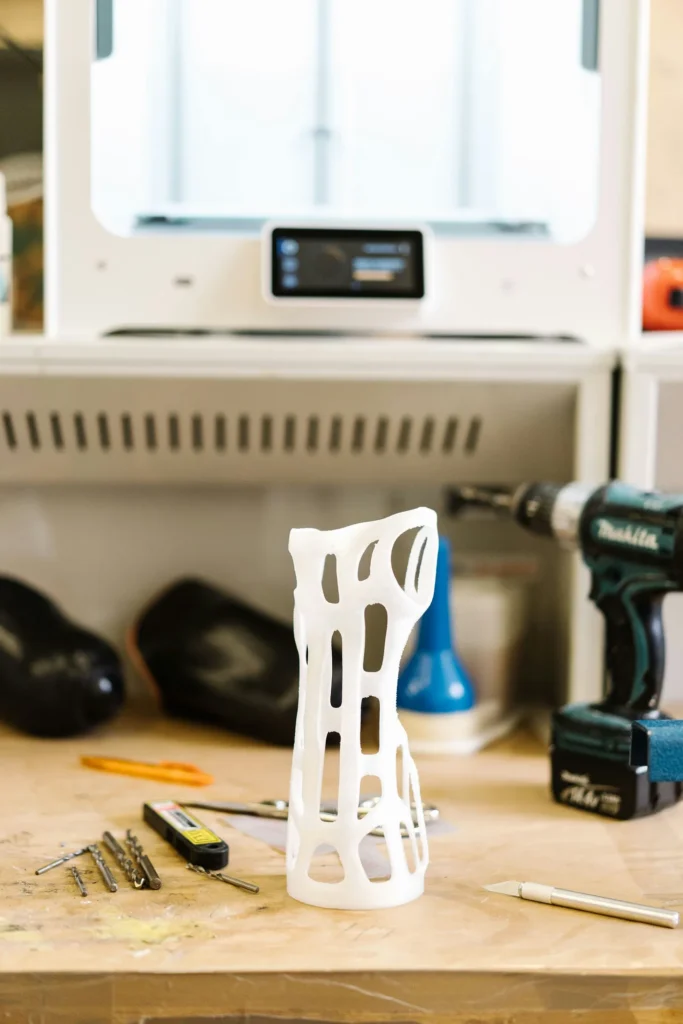
These diverse applications of 3D printing offer educators a multitude of options to create interactive and engaging learning experiences across subjects, making learning more tangible and memorable for school kids.
So, educators, join us in embracing this transformative tool and witness the awe-inspiring journey of learning through 3D printing. Together, let’s sculpt a future where imagination knows no bounds.
In the end, the magic of 3D printing lies not just in what it creates, but in what it inspires within us.

